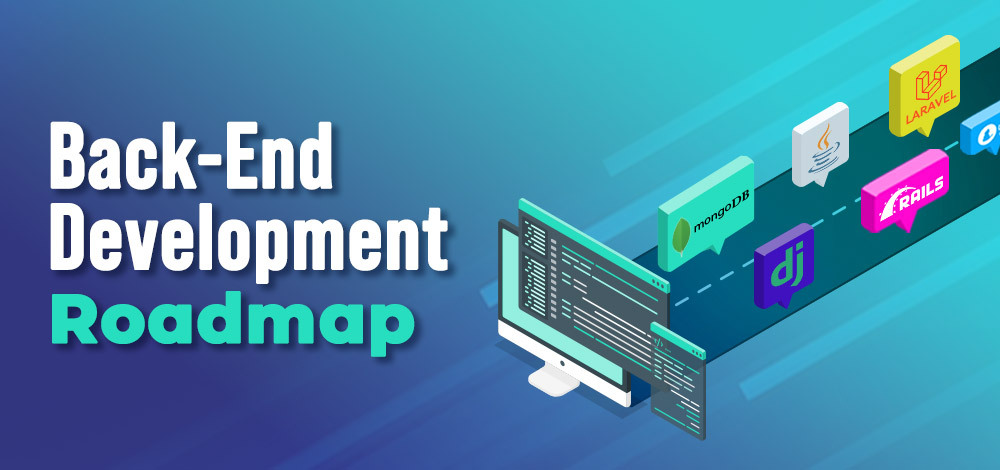Unraveling the Backend: The Hidden Engine Powering the Digital World
Unraveling the Backend: The Hidden Engine Powering the Digital World
Introduction
As we navigate the vast digital landscape of websites and applications, we often encounter interactive interfaces, smooth user experiences, and dynamic content. While the frontend captures our attention, the backend works tirelessly behind the scenes, powering these digital marvels. In this blog, we will dive into the world of backend development, exploring its significance, key components, and the crucial role it plays in shaping our online experiences.
What is Backend Development?
Backend development, also known as server-side development, refers to the process of creating the server-side logic and infrastructure that enables web applications to function. While the frontend focuses on the user interface and user interactions, the backend deals with data management, server operations, and ensuring the seamless communication between the frontend and the database.
Key Components of Backend Development
Server-Side Programming Languages: Backend developers primarily use programming languages like Python, Java, PHP, Ruby, and Node.js to build the server-side logic. Each language has its strengths, and developers often choose one based on the specific requirements of the project.
Databases: Databases store and manage the application's data. Common types of databases include SQL databases like MySQL and PostgreSQL, and NoSQL databases like MongoDB and Redis. The choice of database depends on factors such as data structure, scalability, and performance.
Web Servers: Web servers are responsible for receiving and processing requests from clients (browsers) and responding with the appropriate data. Popular web servers include Apache, Nginx, and Microsoft IIS.
APIs (Application Programming Interfaces): APIs allow different software systems to communicate and exchange data. Backend developers design and implement APIs to enable seamless integration between the frontend and various services or databases.
Security and Authentication: Backend developers must implement robust security measures to protect sensitive user data and prevent unauthorized access. Techniques such as encryption, secure authentication, and validation are crucial aspects of backend security.
Importance of Backend Development
Data Management: Backend development manages the storage and retrieval of data, ensuring that the application can handle large amounts of information efficiently. This is particularly important for applications that involve user accounts, transactions, or data-intensive operations.
Business Logic: Backend developers implement the business logic of an application. This logic determines how the application processes user input, validates data, and performs various operations, ensuring the application functions correctly.
Scalability: A well-designed backend architecture allows applications to scale smoothly as user traffic increases. This ensures that the application remains responsive and performs well even during peak usage.
Seamless Integration: The backend facilitates seamless integration with external services and APIs, enabling applications to leverage the power of other platforms and services.
Data Security: Backend developers are responsible for implementing robust security measures to protect sensitive data and prevent security breaches.
Conclusion
The backend is the unsung hero that powers the digital world we interact with daily. While the frontend captures our attention with its visually appealing interfaces and smooth interactions, the backend works diligently in the background, ensuring data management, security, and seamless communication. Without a well-designed and robust backend, even the most visually stunning frontend may fail to deliver a satisfactory user experience.
As technology continues to evolve, backend development remains at the forefront of innovation, enabling web applications to push boundaries and provide ever-improving user experiences. Whether you're a seasoned backend developer or just embarking on your journey into the realm of server-side development, understanding the significance of the backend and staying up-to-date with the latest trends and best practices is crucial for building successful and scalable applications in the digital era.

Comments
Post a Comment